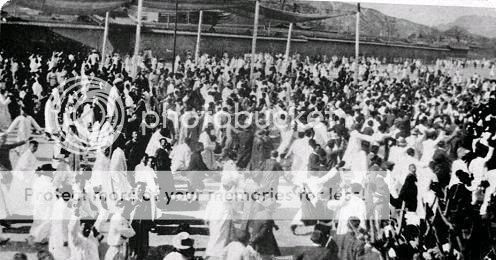삼일 운동 (만세운동).
Two days ago was a very important holiday for Korea.
Like most nations, many historically important holidays mark a day that symbolizes a particular feeling or thought. In Texas, we have the Battle of the Alamo. This was a tragic military loss in every sense of the word during the Texas Revolution. Yes, a failure – the well-trained Mexican army outnumbered the beleaguered defenders 10 to 1. In fact, Mexican Army General Santa Anna even gave the defenders a chance to surrender. If you know Texas, then you can guess which finger the defenders raised in response. Essentially, the Mexican army ended up slaughtering just about everyone inside. However, this seemingly foolish decision to fight the organized Mexican army ended up inspiring others to take up arms against Mexico and eventually led to Mexico’s defeat and Texas’s independence a month later.
This battle is studied today because it represents Texans’ courage, determination, and pride – even though it was a bloody loss that had a snowball’s chance in hell of ending in victory – not to mention that plenty of people who defended the Alamo weren’t even from Texas.
I bring up this comparison because 삼일 운동 represents something similar to Korea. On March 1st, 1919 Korean underground fighters declared themselves independent of the Japanese colonial rule. In response, a combined Japanese force made up of police and military killed approximately seven thousand unarmed protesters. Japanese rule would continue for another 26 years (1910-1945).
This day helps to represent Korean nationalism. It was a revolt started primarily by students inspired by a speech by American president Woodrow Wilson. With or without the speech, this was a long time coming as the tension had been mounting for years. Like “Remember the Alamo” after the original 33 protesters were arrested it sparked support in ordinary civilians nationwide. A month after the initial protest, a provincial government was setup in Shanghai to carry out the wishes and desires of Koreans seeking independence from Japan.
This day was linked to anti-Japanese sentiment years after the fact but was originally designed to be a peaceful, nonviolent movement. Unfortunately, its brutal suppression is what likely makes it so famous now. It is now regarded as one of the most important events in Korean independence history. Since then, efforts have been made to restore native Korean architecture set in place prior to Japanese occupation.

I wonder if events like the March First Movement are taught in school the same way that the Alamo is taught. I have to be honest, in Texas, the Alamo story is told fairly biased with a heavy emphasis on the bravery and courage demonstrated by the defenders. In the case of March First, at what point in a student’s academic career is it taught in Korea? Is the March First Movement even taught in Japan? Does the everyday Korean student even care anymore about events that transpired almost one hundred years ago? I understand that it’s a fairly sensitive subject even to this day but I’m curious in a academic sense how Korean history is taught.
Thoughts?









